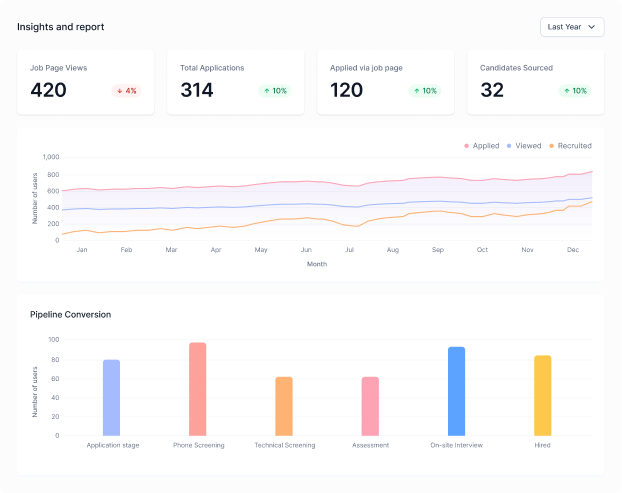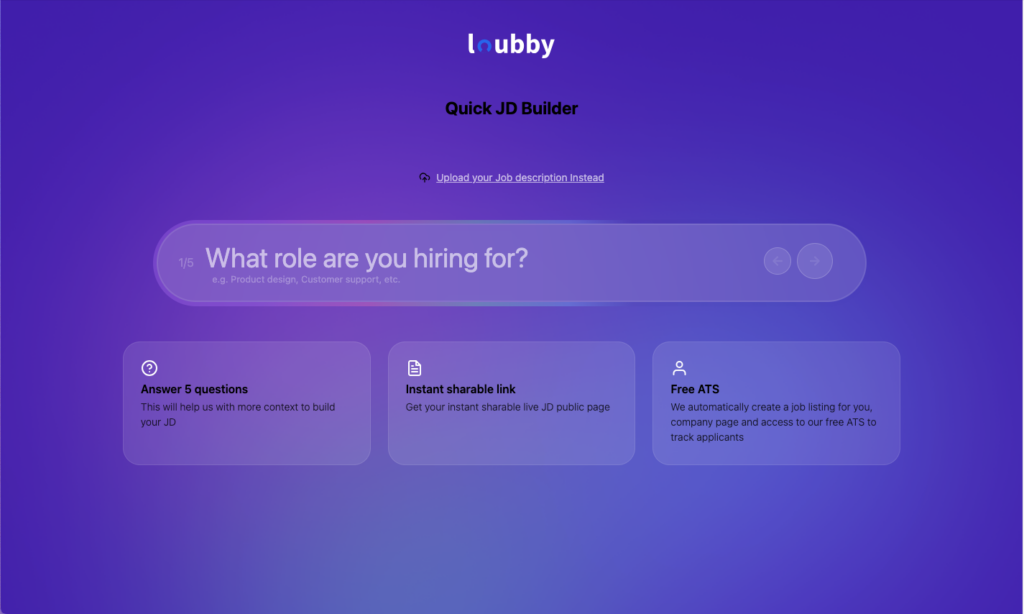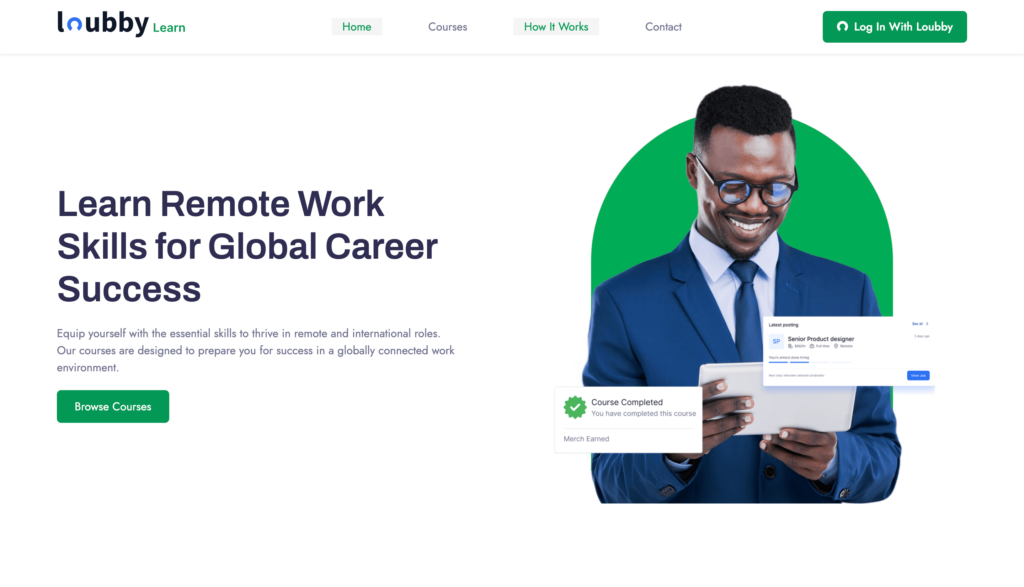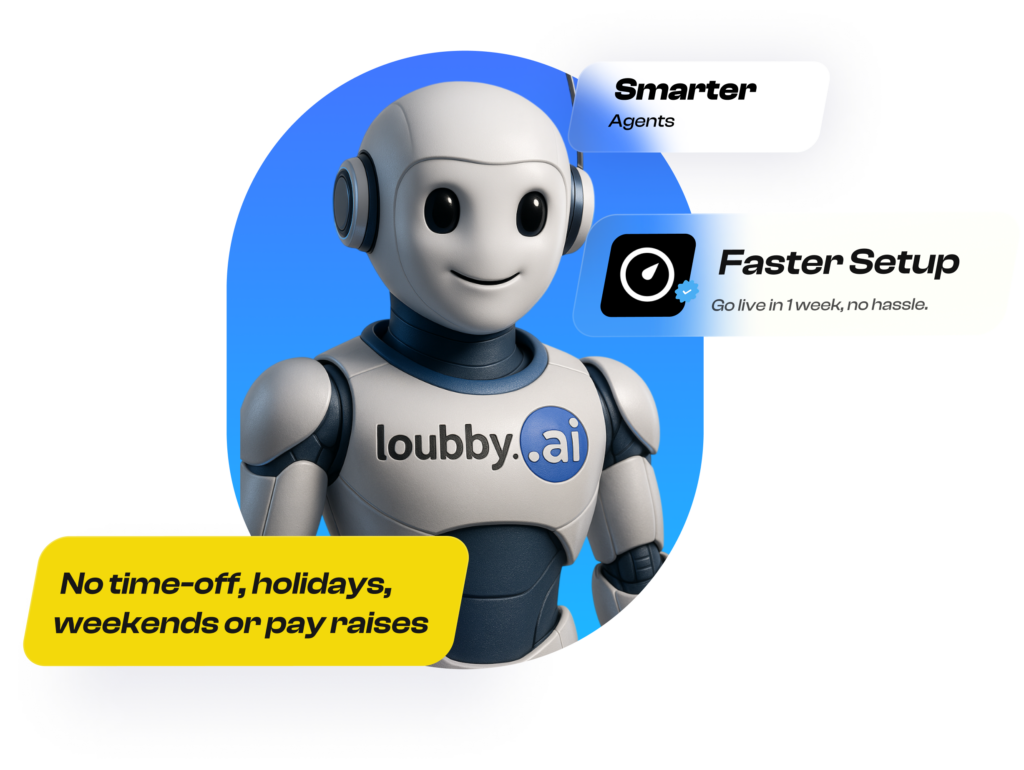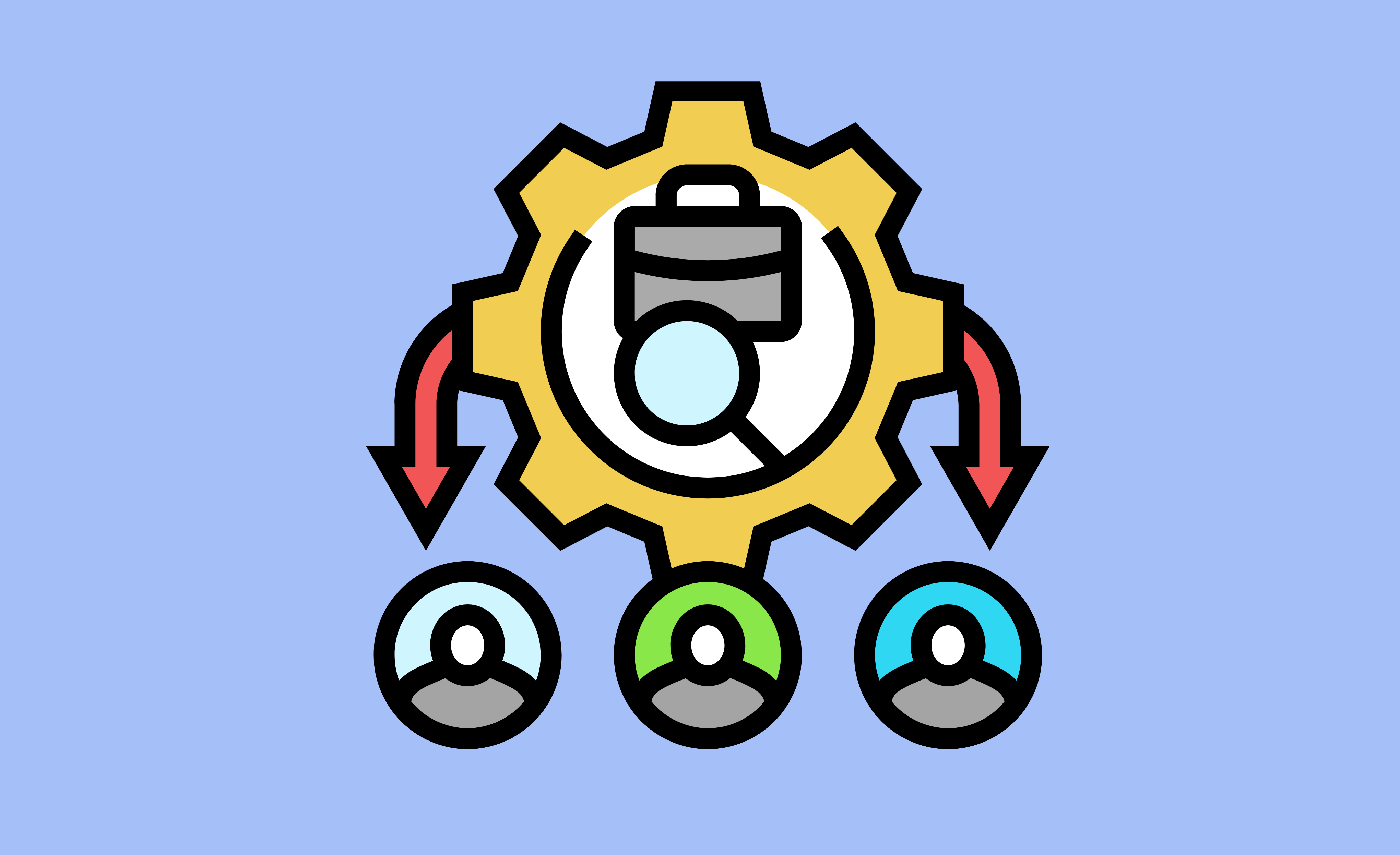Recruiting top talent is vital for the growth and success of any organization. However, as businesses scale, managing the recruitment process can become increasingly complex and time-consuming. An Applicant Tracking System (ATS) simplifies these processes by automating manual tasks, improving hiring efficiency, enhancing the candidate experience, and supporting data-driven hiring decisions, and 94% of recruiters state that their ATS has significantly improved their organization’s hiring processes. In this article, we will explore six reasons why organizations should consider using an ATS.
1. Streamline the Recruitment Process
The recruitment process involves many moving parts, from posting job listings to reviewing resumes and managing communication with candidates. This traditional approach often leads to administrative inefficiencies and potential errors. An ATS addresses these challenges by automating routine tasks, ensuring that HR teams can move faster without compromising quality.
An ATS allows HR professionals to post job openings across multiple platforms simultaneously, saving time that would otherwise be spent posting to each one individually. Additionally, all applications are collected and stored in a central repository, allowing recruiters to easily access and review resumes, eliminating the need for manual tracking through emails or paper applications.
By automating routine processes, the ATS shortens the time to hire and minimizes errors that can occur due to manual handling. This makes the hiring process more efficient, ensuring that companies don’t lose out on top talent because of slow or disorganized procedures.
2. Improve Candidate Quality
With an ATS, companies can enhance the quality of their candidates by ensuring that every applicant is evaluated consistently and according to predefined criteria. In manual recruitment, it’s easy to overlook important qualifications or fail to compare candidates objectively. An ATS solves this by automatically screening resumes for keywords, skills, and qualifications that match the job description.
The system helps recruiters identify high-potential candidates more quickly by eliminating irrelevant applications. As a result, HR teams can focus on those who are best suited for the position. This allows for a more targeted approach to recruitment and reduces the time spent reviewing unqualified applicants.
Furthermore, many ATS platforms include tools for tracking candidate progress throughout the hiring process, including interview results and assessments, giving recruiters a comprehensive view of each candidate’s strengths and suitability. This makes it easier to compare candidates fairly and select the best fit for the job.
3. Enhance Collaboration Among Hiring Teams
Recruitment is a collaborative process, often involving multiple stakeholders such as hiring managers, HR personnel, and department heads. Communication between these parties can sometimes be disjointed, leading to delays and misunderstandings. An ATS simplifies this by providing a centralized platform where team members can share candidate profiles, notes, and feedback in real-time.
Through an ATS, everyone involved in the hiring process has access to the same candidate information, making it easier to coordinate decisions. The system ensures that everyone is on the same page, reducing the risk of miscommunication or lost information.
Moreover, ATS platforms often include tools to streamline interview scheduling, allowing managers to coordinate more effectively with candidates and other team members. This prevents scheduling conflicts and ensures a smoother experience for both recruiters and applicants.
4. Enhance the Candidate Experience
Today’s job seekers expect a smooth, transparent, and responsive hiring process. A positive candidate experience can help organizations stand out and attract top talent. An ATS significantly enhances the candidate experience by automating communication and providing regular updates throughout the hiring process.
Candidates can receive instant notifications when their application is received, when they are shortlisted, and when they progress to the interview stage. By keeping candidates informed at every step, the ATS helps reduce uncertainty, which is often a frustration for job seekers.
Furthermore, ATS platforms are typically mobile-friendly, making it easy for candidates to apply for jobs from their phones or tablets. This accessibility makes it more likely that potential hires will complete applications, especially those who are applying while on the go.
In addition, by speeding up the recruitment process, an ATS reduces the amount of time candidates have to wait to hear back from recruiters. This keeps top talent engaged and less likely to accept an offer from a competitor simply because the process was quicker.
5. Measure and Improve Hiring Performance
One of the best ways to improve recruitment over time is by measuring and analyzing hiring performance. An ATS provides valuable insights into key metrics like time-to-hire, cost-per-hire, source of hire, and candidate quality. These metrics allow HR teams to evaluate the effectiveness of their recruitment strategies and identify areas for improvement.
For example, by tracking how long it takes to fill a position, organizations can pinpoint bottlenecks in the recruitment process and make adjustments to eliminate delays. Similarly, analyzing the sources of hire helps HR teams determine which channels (job boards, social media, referrals) bring in the best candidates, allowing them to allocate resources more effectively.
With built-in analytics and reporting tools, an ATS provides actionable insights that can be used to continuously refine the recruitment process. Over time, these improvements can lead to faster hiring, better candidates, and lower costs.
Conclusion
As organizations face growing competition for top talent, it is essential to adopt tools and technologies that enhance the efficiency and effectiveness of their hiring processes. An Applicant Tracking System (ATS) is a powerful tool that can streamline recruitment, improve candidate quality, enhance collaboration, and provide valuable performance metrics.
By automating routine tasks and centralizing candidate information, an ATS allows HR professionals to focus on the strategic aspects of recruitment, ultimately leading to better hires and a stronger workforce.
If your organization has not yet implemented an ATS, book a demo to see how the Loubby AI Applicant Tracking System can transform your hiring process from the first job post to the final offer.
